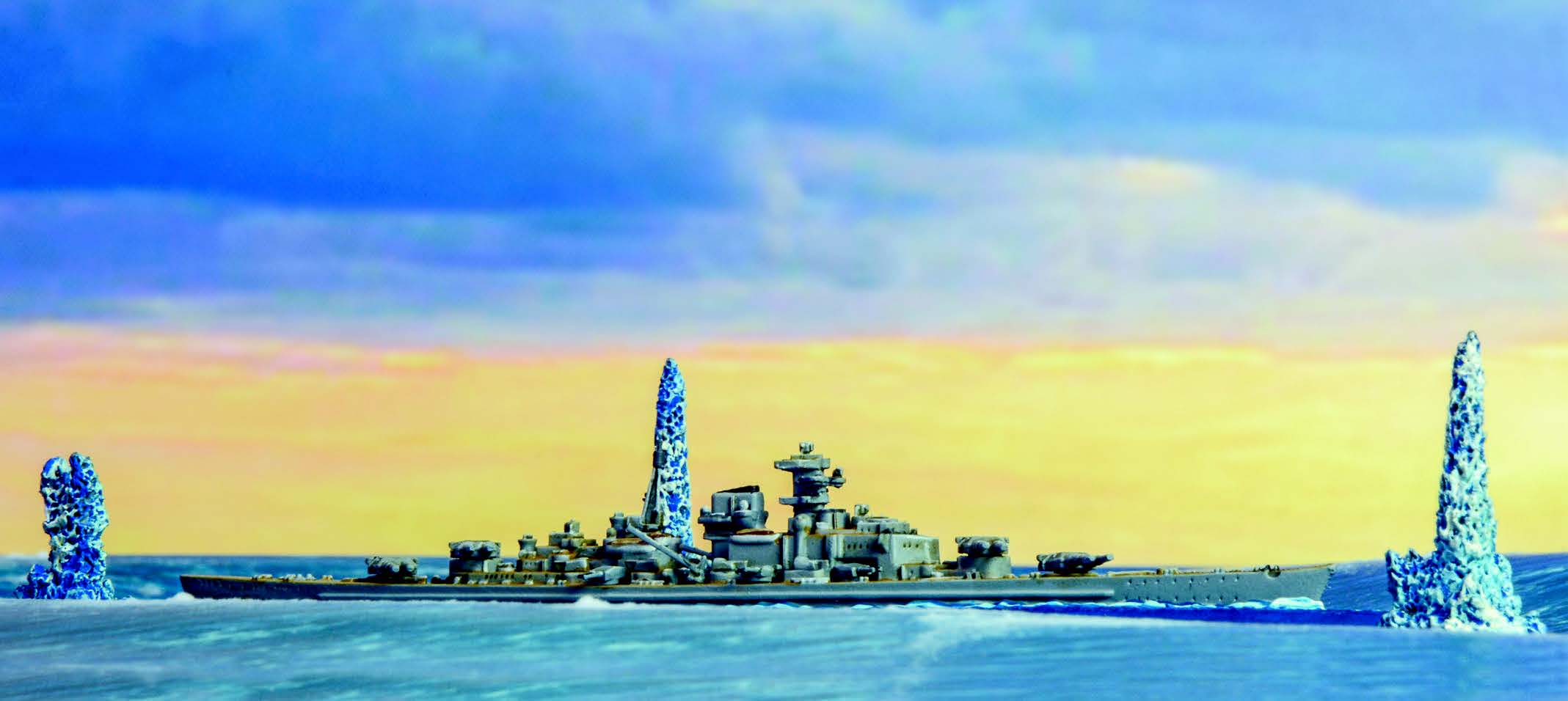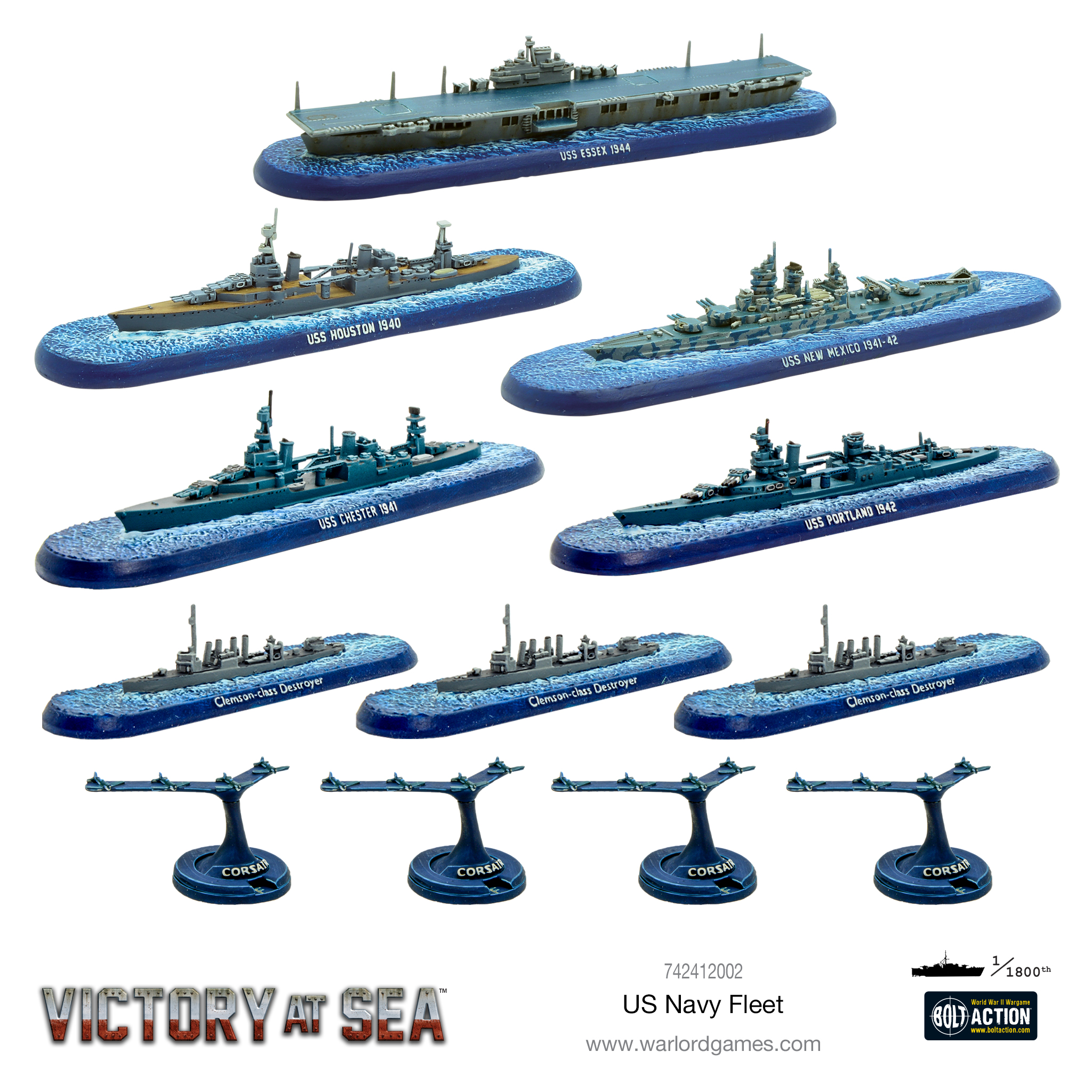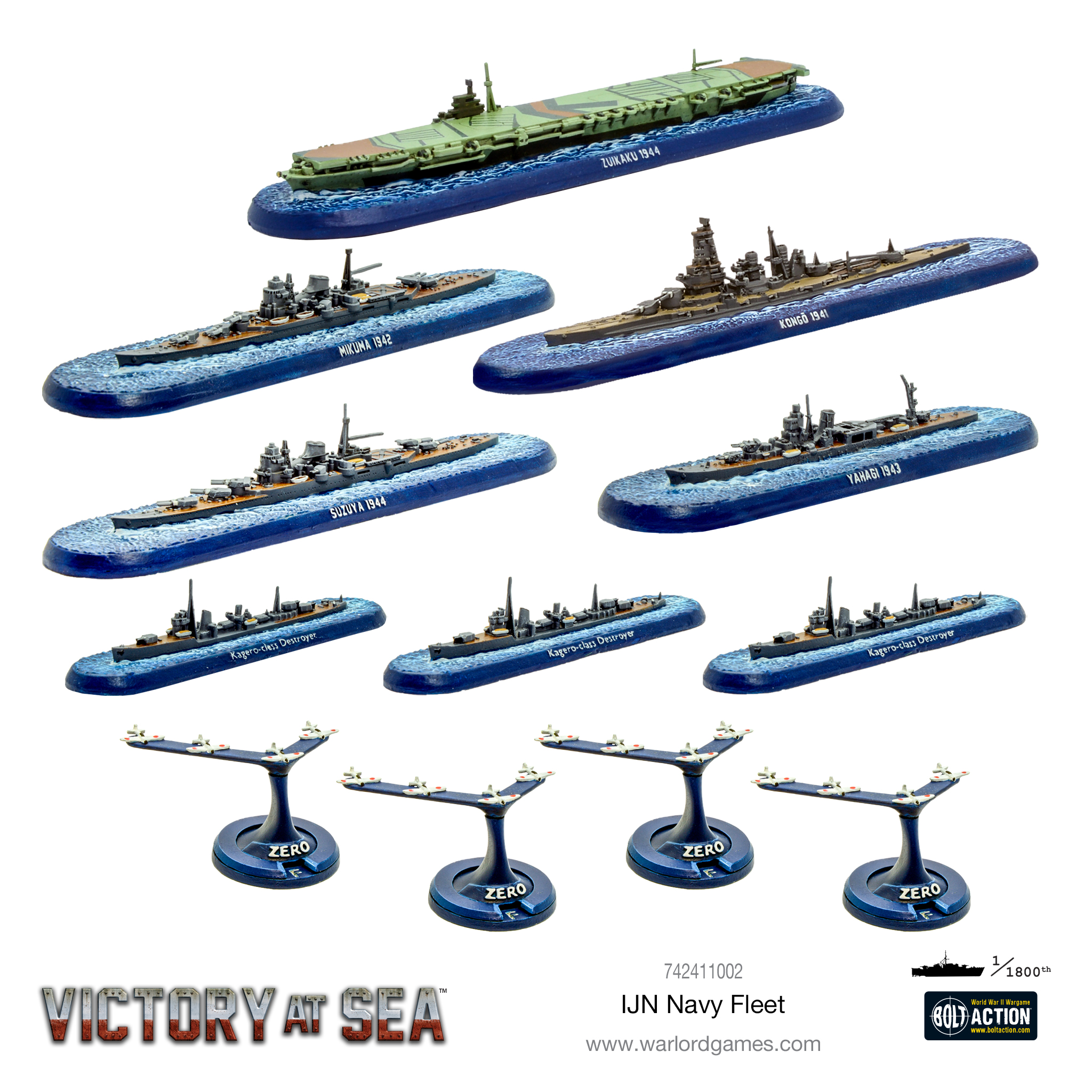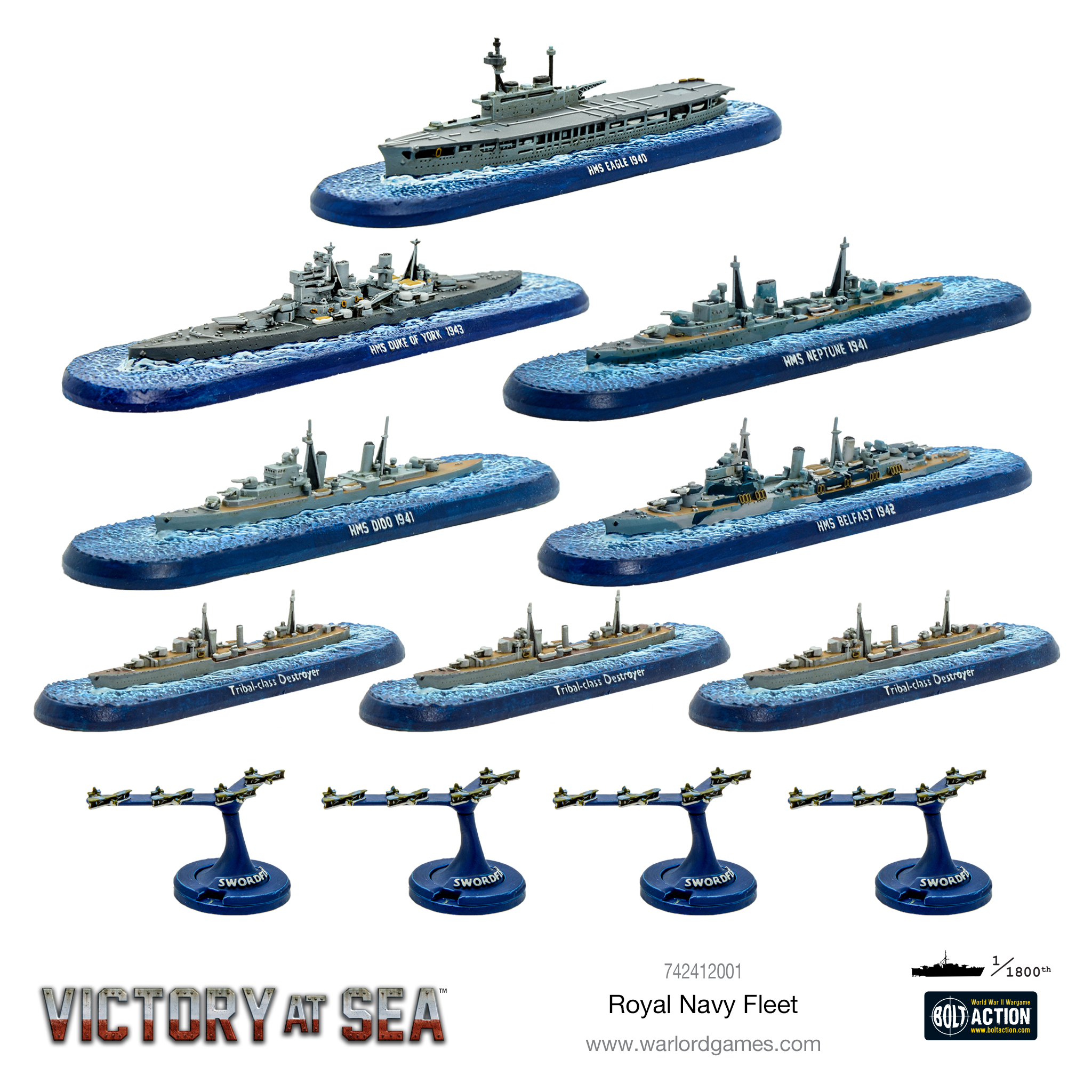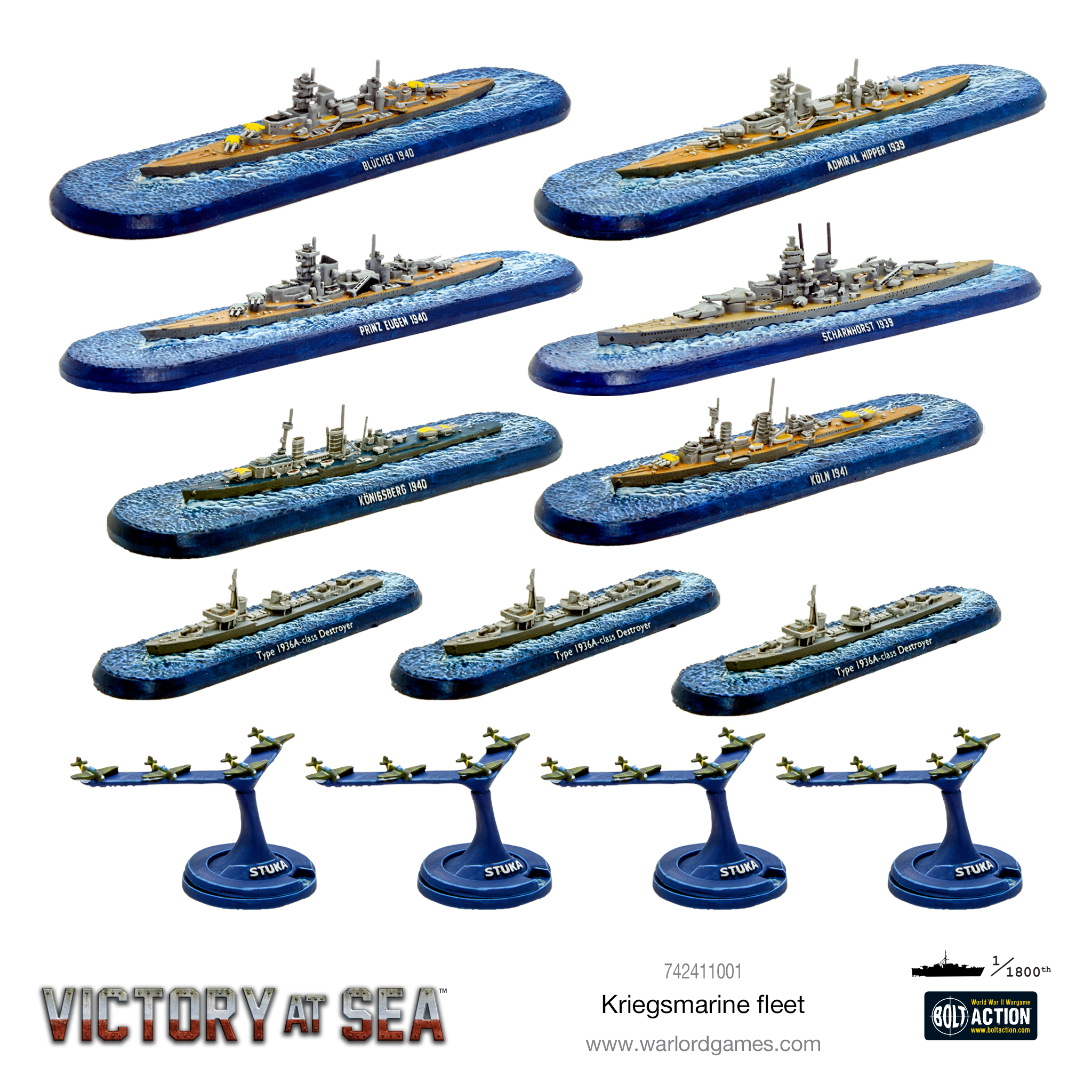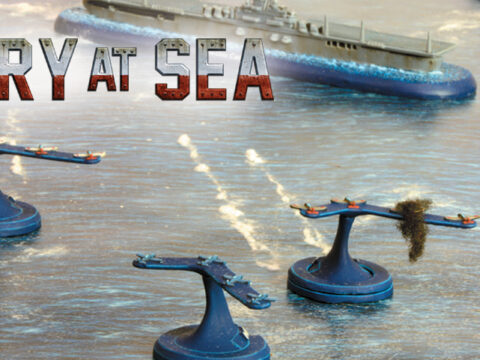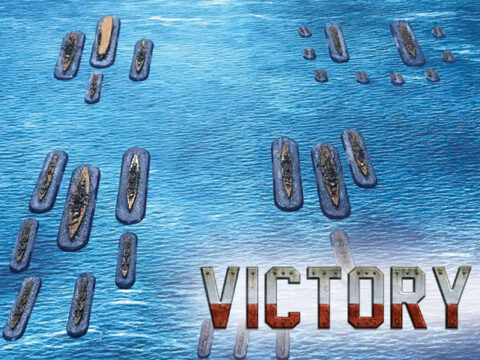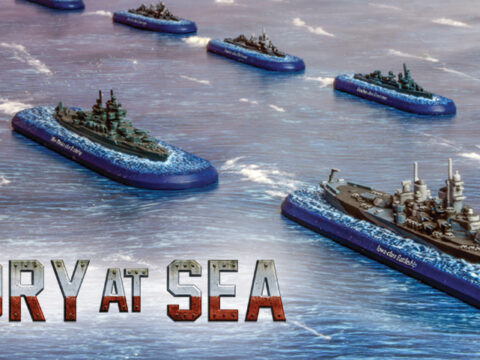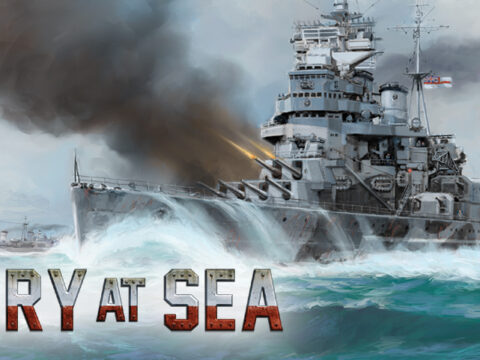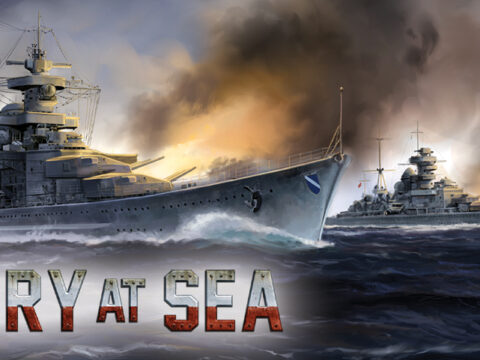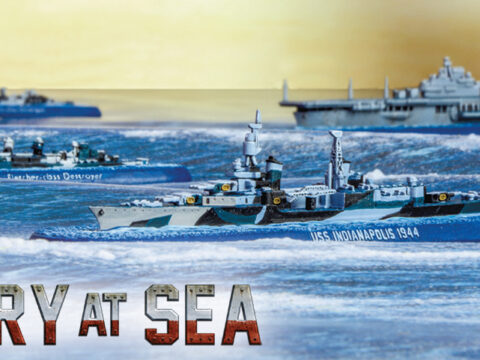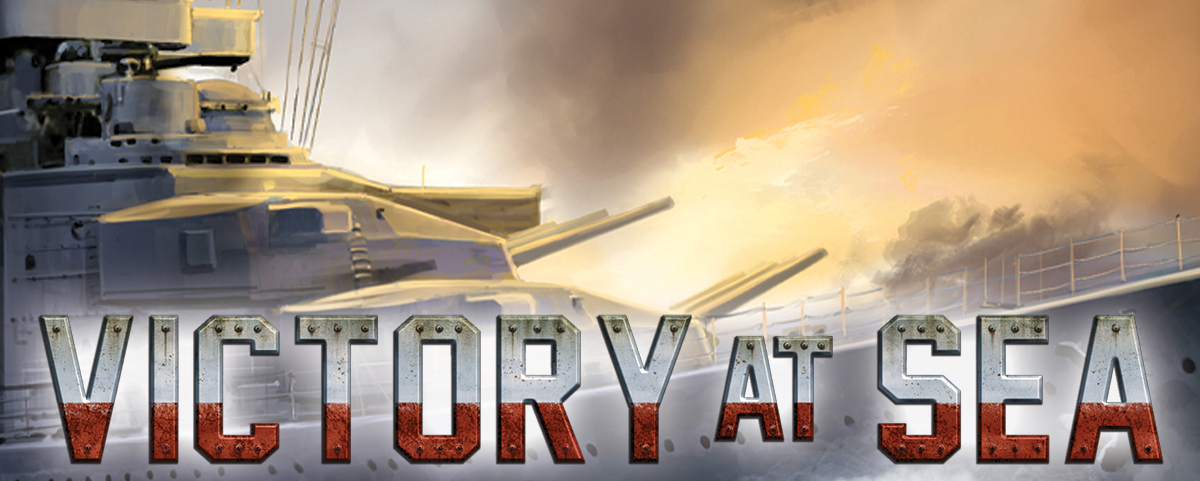
In Victory at Sea, it is only after alls ships on both ships have had the opportunity to move that they get to unleash their firepower upon one another. From torpedoes of fast attack boats to the immensely powerful main guns found on board the largest battleships ever to sail the oceans, there are many different ways in which you can destroy your enemy. To this end, we’re looking at the Gunnery phase of the game.
Basic Principles
The most basic principles of the shooting follow the two following criteria:
- The target must lie within the fire arc of the weapon system that is firing;
- The target must be within range of the weapon system.
You must also nominate targets for all of a ship’s targets BEFORE firing- there’s no waiting to see what damage is dealt individually to maximise damage output. That said, each weapon may be fired against an individual target.
Additionally, vessels have a maximum visual range of 30″. This is not to say that shots may be attempted beyond this distance however, as under certain circumstances, and with the supervision of Observation Flights, it is possible to make Beyond the Horizon attacks, though even in perfect conditions, the accuracy is poor at best.
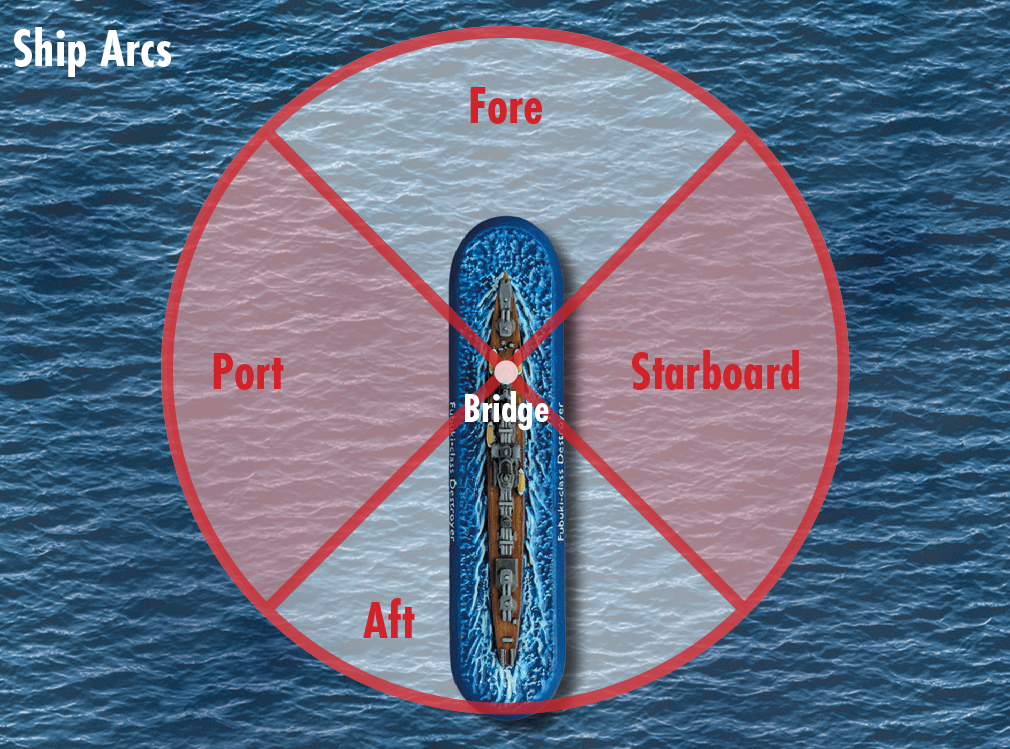
Weapon Systems
There are several types of weapon systems used in Victory at Sea, though not every ship will possess all of them:
Main Gun
These are the main turreted weapons that made battleships famous. They are noted in ship descriptions as being mounted on turrets.
Light Gun
These represent the multitude of smaller weaponry that ships commonly carry. They may be used to attack any target in range, on any heading.
AA Battery
Anti-aircraft batteries are the only defence a ship has against aircraft. Anti-aircraft batteries may target any aircraft within range and will fire at the start of the Gunnery Phase, before either player gets a chance to do anything else.
Torpedo
Mounted mainly on cruisers and destroyers, as well as some aircraft. Torpedoes are designed to attack ships below the waterline, where they are most vulnerable.
Bomb
Carried by aircraft, some bombs are capable of smashing right through armoured decks to explode within a ship’s most vulnerable areas.
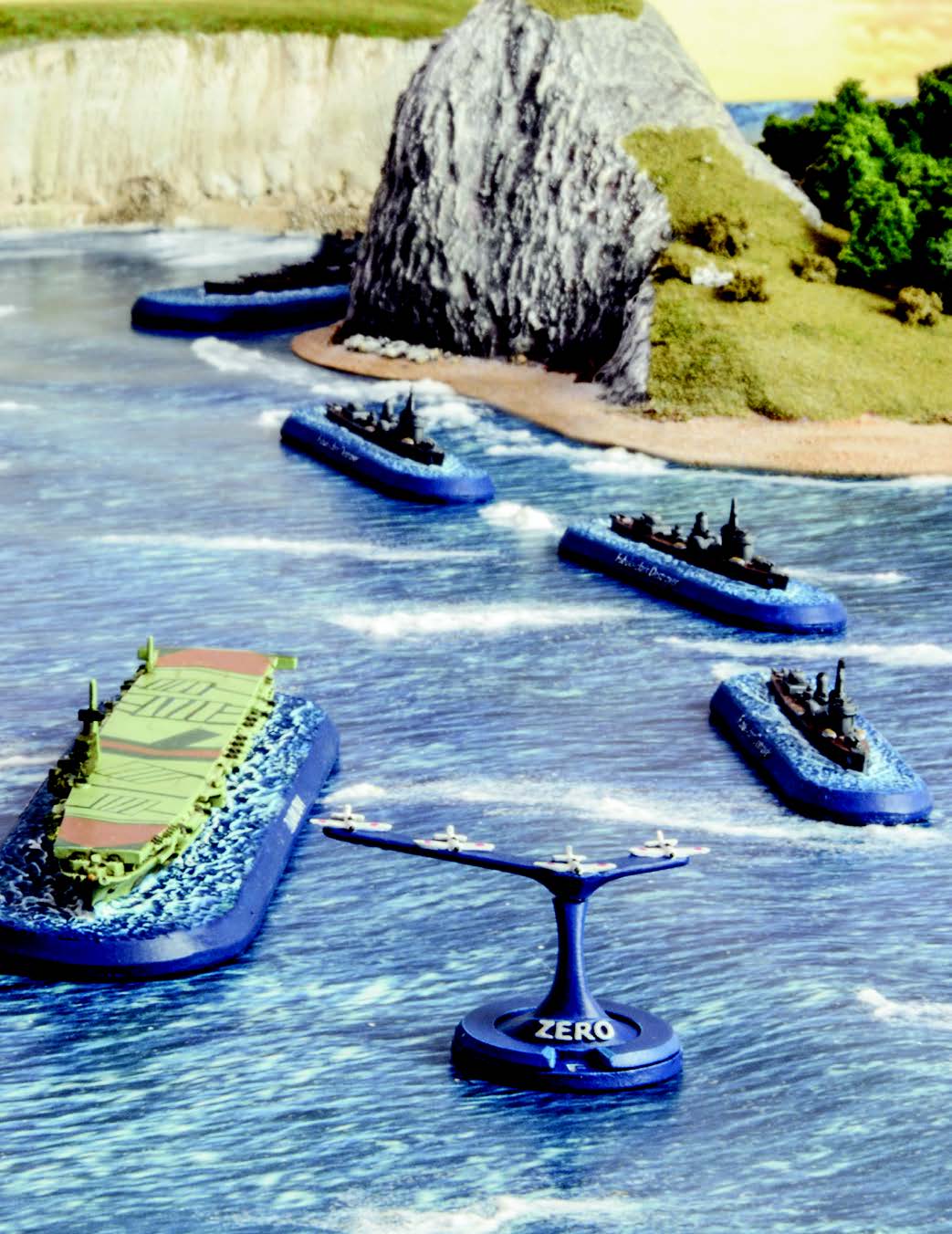
Firing
Each ship’s card shows all the weapon systems available to it, with all the relevant associated stats for convenience. When firing a weapon, a number of d6 equivalent to the weapon’s AD score is rolled. Every attack dice that scores a 4+ counts as a hit subject to a list of attack dice modifiers.
Factors that can cause a modifier to affect the to-hit score include the range of the target, the class of the target, the speed of the target and the weapon system being fired.

Damage
For each hit scored, after modifiers, you use the weapon’s DD stat to determine how many D6 will be rolled. The weapon’s AP value is added to each of the results and compared to the target’s Armour score. Results that exceed this armour score result in a point of damage been deducted from the target’s Hull value.
Additionally, if a damage dice ever rolls a 6, the attacker gains the opportunity to inflict additional critical damage which can result in some damning game effects for the unfortunate target vessel.
Damage Modifiers
Plunging Fire
Shells fired at longer ranges by main and light guns do not travel in a flat line to their target – instead, they are fired upwards and travel in an arc to dive down upon their target. This means shells fired in this way do not usually strike the thick hull armour mounted on the side of ships, but instead tend to plunge down toward their much weaker deck armour.
Main guns and light guns fired at a target within the weapon system’s long or extreme range gain +1 to their Damage Dice results.
Heavy Armour
Some of the biggest and toughest ships afloat have an Armour score of 7. This means they can only be damaged by weapons that have a bonus added to their Damage Dice, such as from plunging fire.
